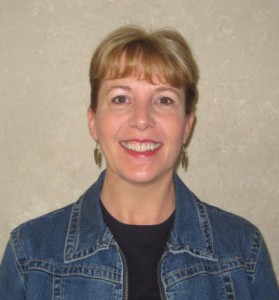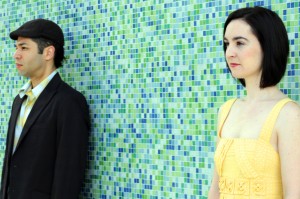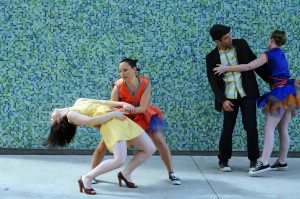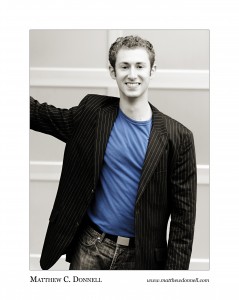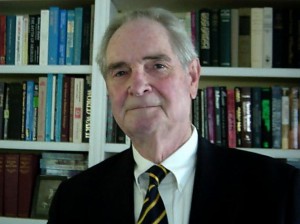Auditions for male and female dancers for Perceptual Motion’s 2010/11 season:
Seeking male and female dancers with a strong background in technical modern dance for our 2010/11 season
Auditions: July 9 at 1:30
Location: 4057 N. Damen Ave., rear entrance
Must be able to rehearse Wednesdays & Fridays 12:30 to 3:30
If you cannot make the audition date/time and would like to audition, please contact us to schedule an alternate time.
Applicants must be 22 or over, have strong modern/ballet technique and be proficient at improvisation. Each dancer must be creative and committed to the choreographic process, willing to explore movement, develop new vocabulary, take risks, work well with others and celebrate the possibilities and growth that will emerge. Paid performances and possible teaching opportunities for qualified applicants.
Perceptual Motion, Inc., now in its 26th year, is a dynamic modern dance company whose dancers range in age from 23 to 90. It was named Best Practices in Dance by the National Center for Creative Aging. PMI was Curator’s Choice for Around the Coyote 2004 and has been seen on WGN, WTTW’s Art Beat Program, The Chicago Dance Project and Cable TV. Choreography is by award-winning Artistic Director Lin Shook. Its activities include concert dance performances, residencies, workshops, after school programs and programs for elders.
The spectrum of ages and movement ability creates an inspiring dichotomy-one that’s very robust yet calming; ethereal and real. (Lucia Mauro – The Chicago Tribune)
PLEASE SEND RESUME AND PHOTO PRIOR TO AUDITION
For more information, contact
Lin Shook
(773) 549-3958
E-mail:pmidance@gmail.com





